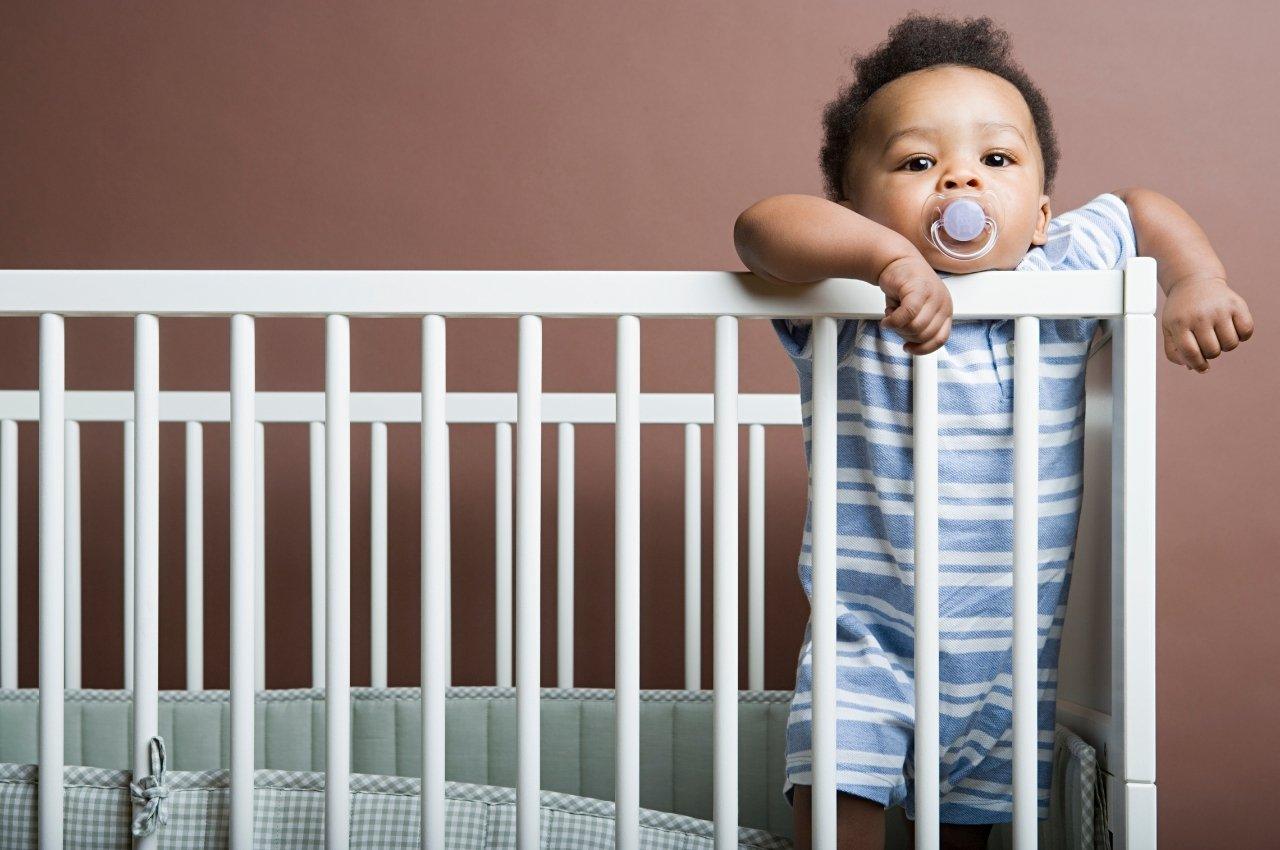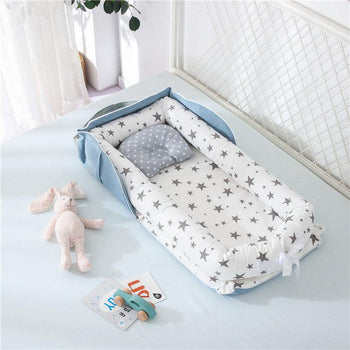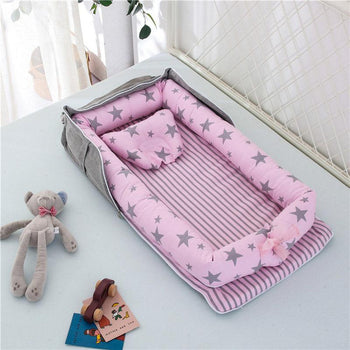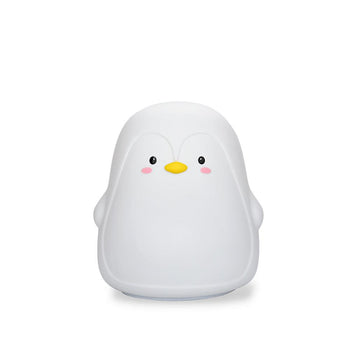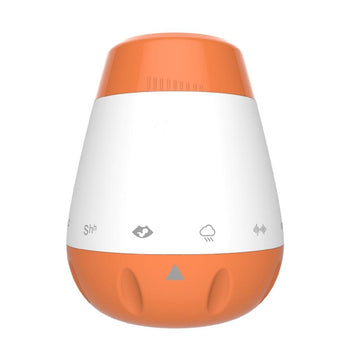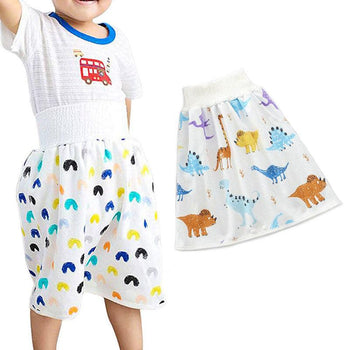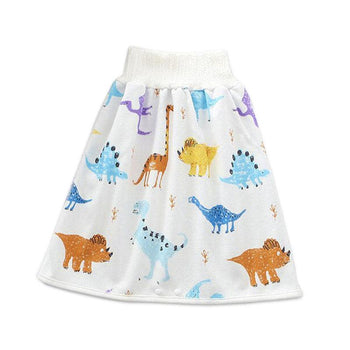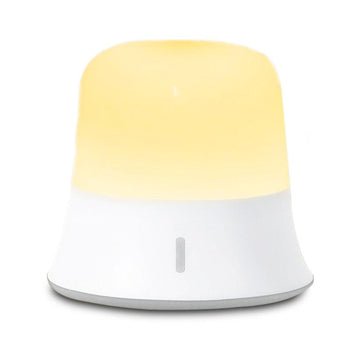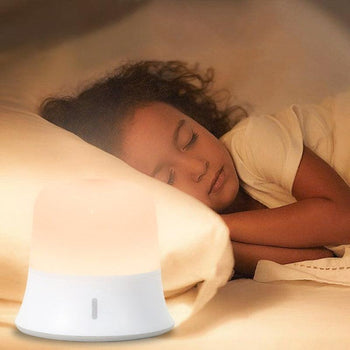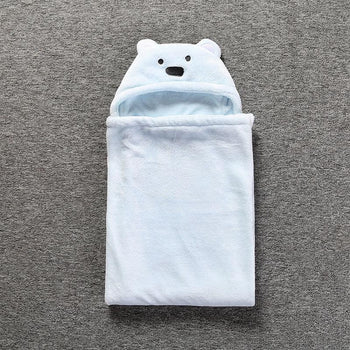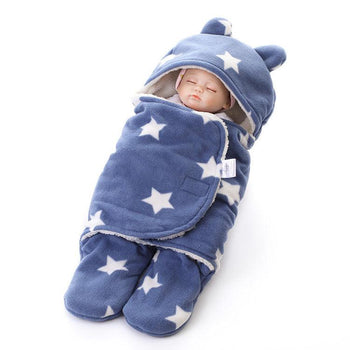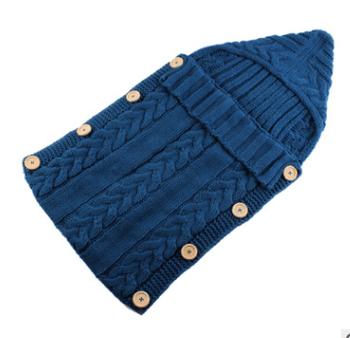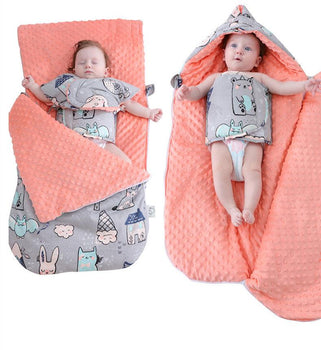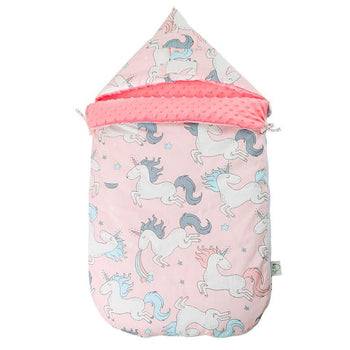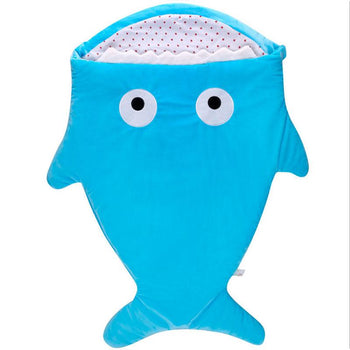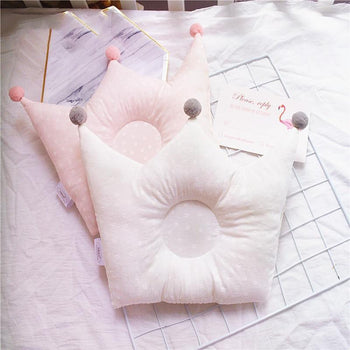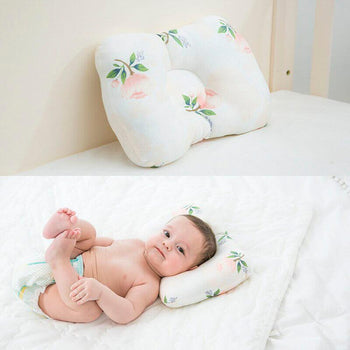I want to go out !
It's the message your little one will send, one way or another, when they're ready to say goodbye to the crib and make way for the bed of the grown-ups.
Your child may express his displeasure or, more likely, climb out of bed.
Transition from crib to bed: do's and don'ts
First, resist the temptation to move it too soon . Most experts recommend doing this around age 3. Unless your child is climbing out of bed or needs more space than a crib can provide, his body is growing at an amazing rate, it's best to keep him in the child's bed, which makes him feel safe.
This way, your child can feel comfortable making big leaps in development during the day, while returning to the safety of their old bed at night.
Also, up to the age of 3, toddlers are very impulsive, and your child's difficulty understanding and being able to follow directions or rules (like staying in bed all night) will cause going to bed a real challenge.
If you transition to a bed before age 3, you can expect to wake up to a little visitor next to your bed most nights.
When the time comes, however, you need to help your child transition smoothly into sleeping in a bed . For this you need to follow some steps.
The steps to follow to make this transition
1. Create a safe environment:
Protect your child's room and any adjacent places they might visit in the middle of the night. Secure windows, tops of stairs and running boards that he could trip over.
Even better, you can install a safety gate at your child's door. You can even put a small night light in his room to help him orient himself and avoid hurting himself.
2. Choose the mattress:
Go to the mattress store, or any other store that sells mattresses, and let your child help you choose the mattress or bed.
All you need is a mattress, a twin box spring and for safety, some side rails.
You should adjust the height of this new bed accordingly, as it will need to sit low on the floor for a while until your child gets used to it.
Buy some fun new sheets, special pillowcases and you'll be set.
3. Disassemble the crib (together):
Once the new bed arrives at home, ask your child to help you take the crib apart. This way your child will feel involved in the transition process and will also be able to say goodbye to bed.
4. Install the bed:
Place the bed in a corner of your child's room so that the head and side of the bed are flush against the wall for protection.
Add a safety barrier on the exposed side of the bed. Your child will feel safe this way, just like they did in their crib.
5. Explain bedtime rules:
If your child is verbal before the first night's sleep in bed, review bedtime rules with him. Tell him he's a big boy now and he needs to understand that when you go to sleep you don't wake up until the sun is nice and bright.
6. Do your bedtime routine:
For the first few nights your child sleeps in their new bed, take an extra 10 minutes of reading together so they feel comfortable in their new surroundings. The idea is to make your child feel safe.
If your child seems excited about their new bed right from the start, you are one of those lucky people who made the transition easily.
I hope this article has enlightened you on the subject and that the transition will be smoother. Feel free to share your experiences with us in the comments.
Do you want your baby to sleep through the night?
In this free guide , you'll discover 5 things you absolutely need to know.
With a unique approach and practical tools for success, this guide will help you and your baby sleep better through the night.


